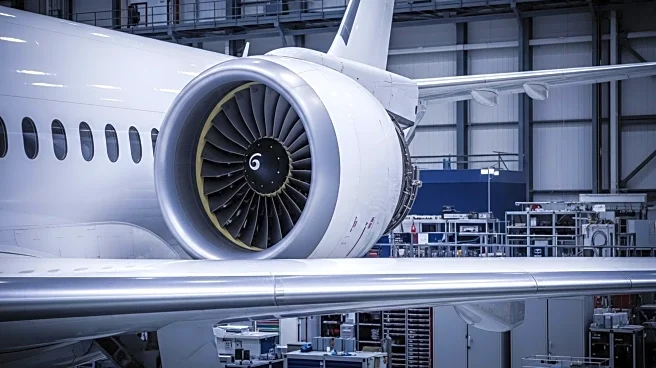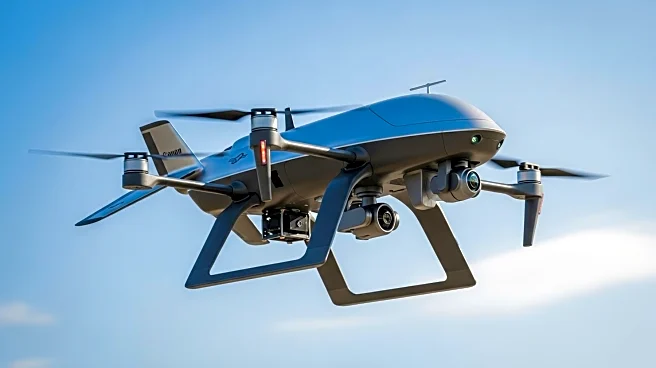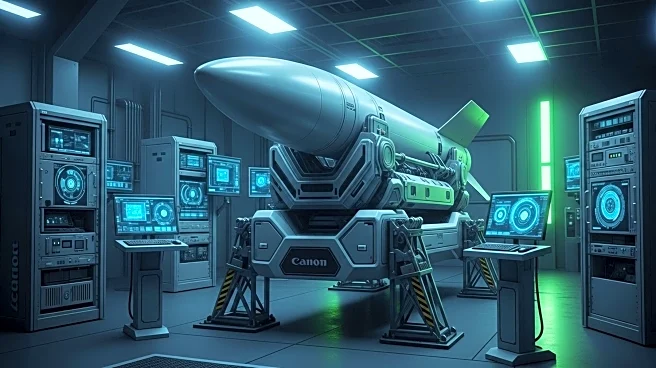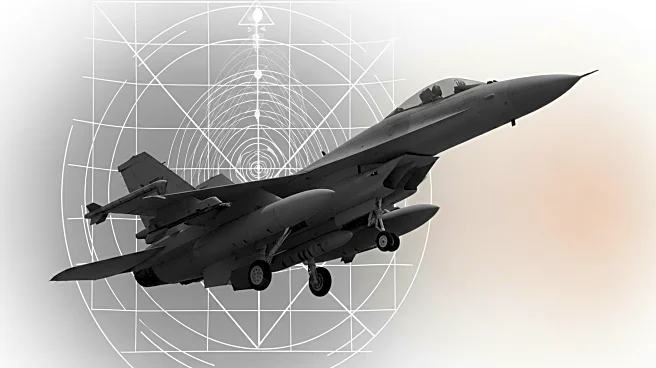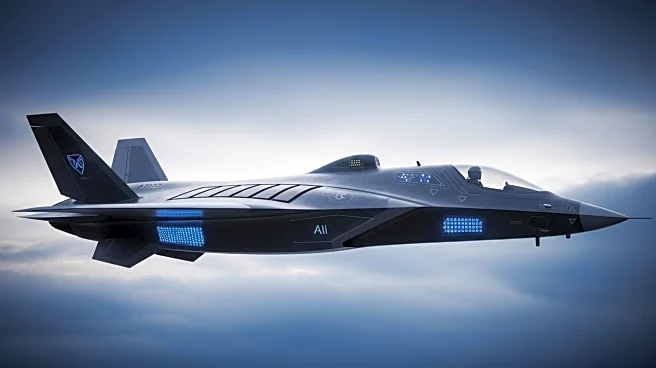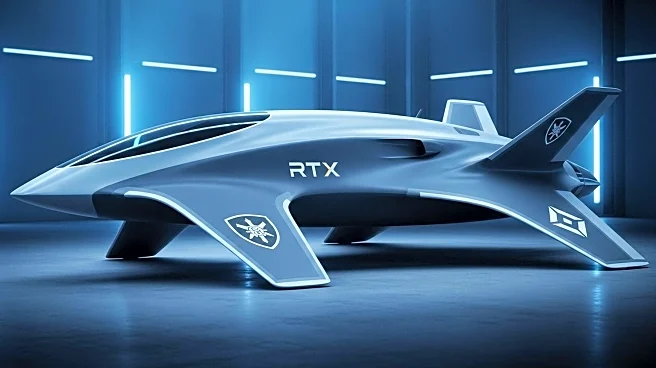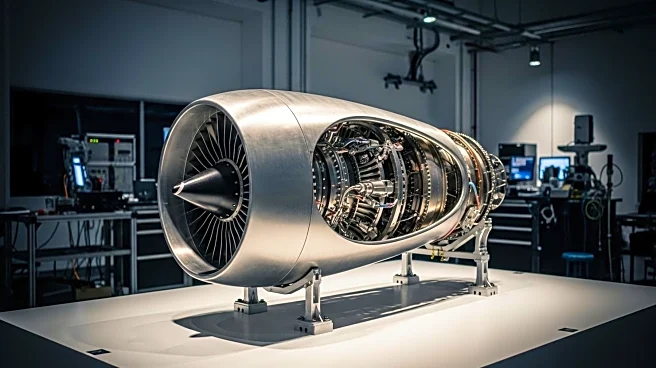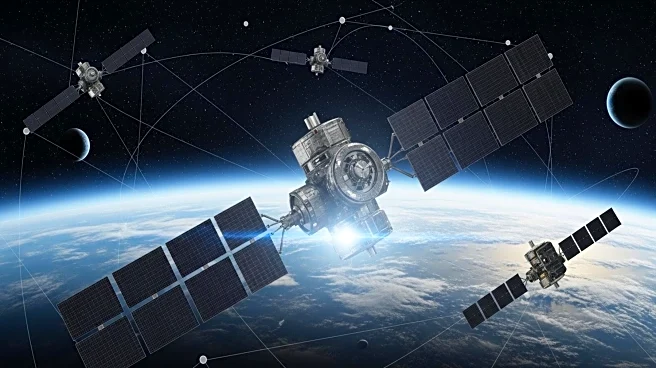What's Happening?
Pratt & Whitney has conducted a series of tests on its small turbofan engines, specifically evaluating their integration into Collaborative Combat Aircraft (CCA). The tests demonstrated that these engines could deliver up to 20% more thrust than initially qualified for when used in uncrewed applications. Jill Albertelli, president of Pratt & Whitney’s Military Engines business, highlighted the feasibility of embedding these engines in CCAs, with ongoing evaluations of the PW500 and PW300 series. The tests are also examining inlet flow and pressure variations, which are crucial for performance when airflow is interrupted or blocked.
Why It's Important?
The increased thrust capability of Pratt & Whitney's engines could significantly enhance the performance of Collaborative Combat Aircraft, a key component in modern military strategies. This development aligns with the U.S. Air Force's requirements for thrust ranges between 3,000-8,000 lb., potentially offering more versatile and powerful options for defense applications. The ability to integrate these engines into CCAs could lead to advancements in uncrewed aerial combat, providing strategic advantages in terms of speed, agility, and operational efficiency.
What's Next?
Further testing is underway to refine the integration of these engines into CCAs, focusing on optimizing airflow and pressure conditions. Pratt & Whitney's continued research and development efforts may lead to new contracts or collaborations with the U.S. military, enhancing their role in defense technology. Stakeholders, including military leaders and defense contractors, will likely monitor these developments closely, considering potential impacts on procurement and deployment strategies.

